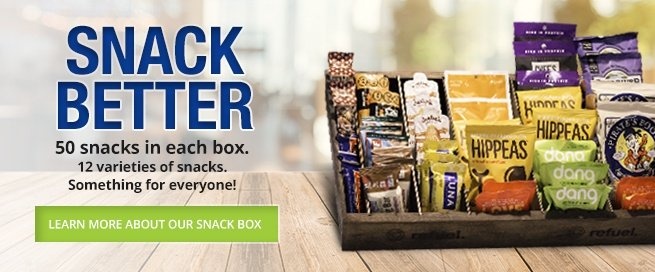If you have ever wondered why gluten-free packaging is found on a number of grocery store items, this beginner’s guide to eating gluten-free may clear up any confusion.
Gluten is a protein commonly found in cereal grains such as wheat, barley, or rye. It doesn’t pose a health risk to most people. But for anyone diagnosed with celiac disease, consuming food that contains this protein can be harmful to their health.
Celiac disease, an autoimmune disorder, causes damage to the small intestine upon gluten digestion, which can lead to difficulty absorbing essential nutrients. This is just one reason why following a gluten-free diet is important for people who are diagnosed with celiac disease or exhibit a noticeable gluten-sensitive reaction.
Affected Numbers
Research has shown that, on average, 1 in 133 people live with celiac disease. It isn’t the only gluten-based disorder out there, but it has seen the most research. Currently, diagnosing for general gluten sensitivity isn’t as concrete as testing for celiac disease.
Now, here’s the big question: in order to start a gluten-free diet, diagnosed for gluten-sensitivity or not, where does one begin?
Where to Begin
Looking at a list of naturally gluten-free food groups is a great place to start. Foods found in groups such as fruit, vegetables, meat & poultry, fish & seafood, dairy, beans, legumes, and nuts are all safe options to look into.
As far as regular grains and starchy foods go, the Celiac Disease Foundation (CDF) recommends a list of naturally gluten-free choices with just one point of caution. “There has been some research that some naturally gluten-free grains may contain gluten from cross-contact with gluten-containing grains through harvesting and processing,” the foundation’s website reads. “If you are concerned about the safety of a grain, purchase only versions that are tested for the presence of gluten and contain less than 20 ppm (parts per million).”
The following are just a handful of grains and starch-containing foods that the CDF lists as naturally gluten-free:
- Rice
- Cassava
- Corn (maize)
- Soy
- Potato
- Flax
- Nut flours
- Gluten-free oats
- Quinoa
- Beans
- Millet
Labels and Packaging
 As always, food labels and packaging are here to help! Be on the lookout for the below symbol. It may be easier to find on certain food packages than others, so check each side of the box. It may be self-explanatory, but still, the gluten-free symbol can be a helpful reminder of which options are your best bet to try.
As always, food labels and packaging are here to help! Be on the lookout for the below symbol. It may be easier to find on certain food packages than others, so check each side of the box. It may be self-explanatory, but still, the gluten-free symbol can be a helpful reminder of which options are your best bet to try.
Be up-to-date on the latest posts from The Daily Grind by following Corporate Essentials on Instagram, LinkedIn, Facebook, or Twitter!






